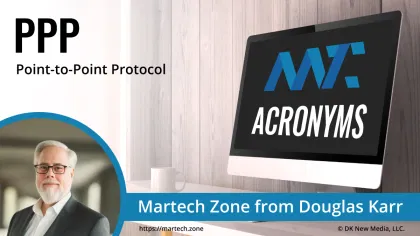PPP
PPP is the Acronym for Point-to-Point Protocol

A data link layer communication protocol used to establish a direct connection between two networking nodes. Widely adopted in the 1990s, PPP became a foundational technology for dial-up internet access, providing a standardized way to transport data over serial links such as telephone lines, ISDN connections, and direct cable links.
PPP was designed to encapsulate multiple types of network layer protocols, including IP, IPv6, IPX, and AppleTalk, making it far more versatile than earlier protocols like SLIP (Serial Line Internet Protocol), which supported only IP. It achieves this flexibility by using a protocol field within its frame structure to indicate which higher-level protocol is being transported.
The protocol also provides features beyond simple encapsulation. PPP supports authentication mechanisms such as PAP (Password Authentication Protocol) and CHAP (Challenge-Handshake Authentication Protocol), error detection through checksums, and negotiation of link parameters using the Link Control Protocol (LCP). For carrying different types of traffic, it uses Network Control Protocols (NCPs) that configure and enable multiple network layer protocols over the same link.
Although PPP has largely been replaced in modern broadband and wireless connections, its influence persists. Variants like PPPoE (Point-to-Point Protocol over Ethernet) and PPPoA (Point-to-Point Protocol over ATM) extended its use into DSL broadband services, and the protocol’s concepts still inform authentication and encapsulation methods in current networking technologies.